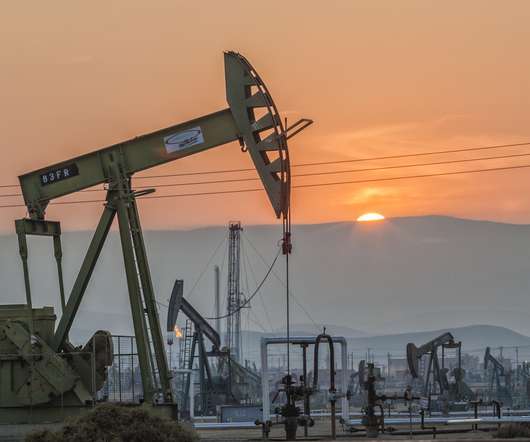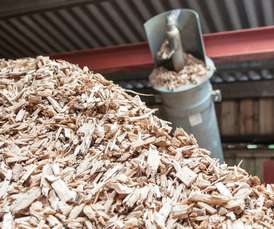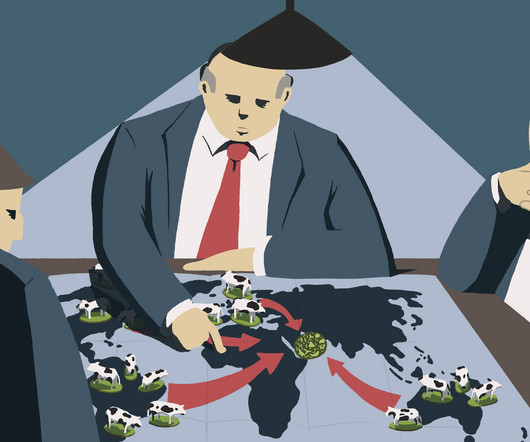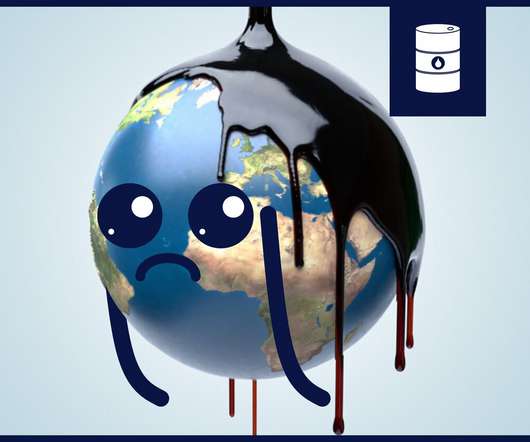For a livable future, 60% of oil and gas must stay in the ground
Grist
SEPTEMBER 8, 2021
The first has to do with the carbon budget — the amount of carbon that can be emitted before the planet warms more than 1.5 The paper uses a carbon budget of 580 billion metric tons, an amount that is estimated to give only a 50 percent chance of stabilizing the global climate at 1.5 degrees C above preindustrial temperatures.














Let's personalize your content